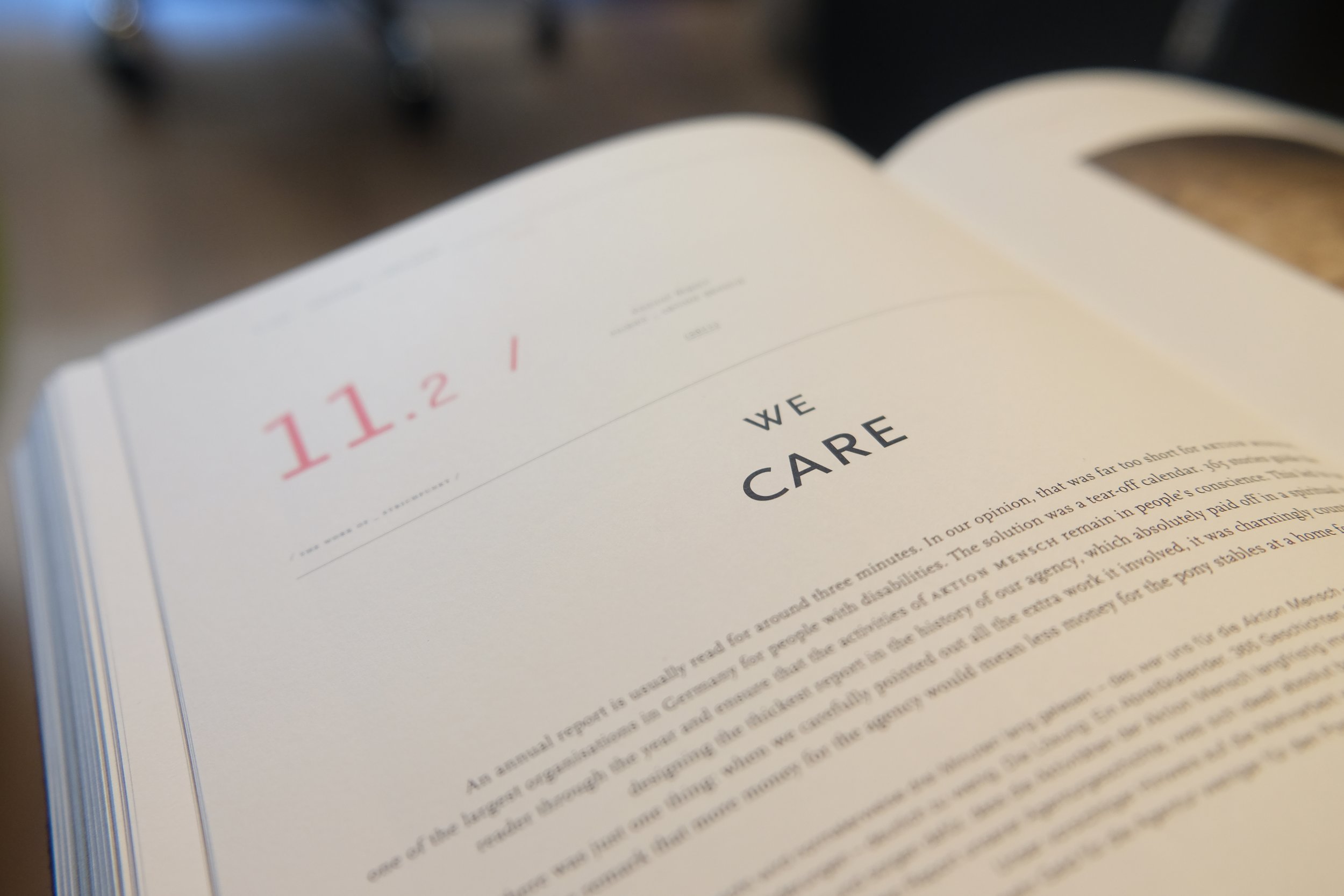The Institutional Betrayal of Animals
by Candi Sicoli
with support from associate editor Kisane Prutton
Thanks to Bekky Bekks for making their image freely available on @unsplash
Several aspects of institutional betrayal of animals, and those associated with animals, will be discussed. Institutional betrayal as a concept will be defined, as will its relation to lab animals. Finally, what we as researchers and consumers of knowledge gathered using animals can do to improve the treatment of animals in labs.
Institutional betrayal (Smith & Freyd, 2014; Pyke, 2018) occurs when an institution that is set up to help a person (sentient being) hurts the person (sentient being). This is akin to what happens to the many women who are raped and who subsequently face additional trauma through reporting the crime to police. Such can also be the case with our treatment of animals- particularly in academic or government funded laboratories that use animals in their research. We expect and assume that these animals used in academic and government labs will be treated well and within the confines of both the law and ethics. This is not necessarily the case.
Animal victims of institutional betrayal will undergo very painful (and sometimes deadly) experiences while in these supposedly safe and ethical places that we would assume follow the confines of animal welfare laws. Taxpayers naively pay for many of these experiments, thinking that surely Ivy League colleges and government entities like the National Institutes of Health (NIH) would protect animals from harm. Time spent reading of the injuries to these animals, while in these supposedly safe places, reveals many institutional failures of safety and welfare conditions by institutions that are seen by the public as moral places. Examples of these places are the University of Pennsylvania’s head injury research unit, which was suspended in 1985 for failing to materially comply with the terms and conditions of its NIH contract for the care and use of nonhuman primates (Cahn, 2015 and Loeb, 2011) and Harvard University’s citation for 11 violations of the Animal Welfare Act (Cahn, 2015). In fact, the Physicians Committee for Responsible Medicine in 2011 ranked Penn at the top of the Ivy League for violations against animals.
There are several victims of this institutional betrayal, the animals who die or are made ill by their traumatic lab experiences; many, if not most, psychology students who may assume the data from these experiments are collected in ethical ways (not involving harm to animals) and who later find out that much of psychology’s basic literature (Harlow’s use of monkeys, Seligman’s use of mice, etc.) was based on these ethically questionable experiments; and lastly, the public who fund these universities and government agencies. Surely, if we cannot trust these agencies to do ethical experiments, who can we trust? Bandura (1990, 1999) asserts that:
“Certain cultural and structural conditions in a society foster ignorance of the harm that animals suffer as a result of human behavior and attitudes that justify violent or abusive treatment of animals.”
Thanks to Markus Winkler for making their image freely available on @unsplash
Denial of responsibility and the defense of necessity are two additional components that students often face by animal researchers and by persons who use this ill-gotten information (Graca,2014).
I would propose that we have a kind of Snopes review process that can inform us of the treatment of animals in these labs and agencies. That would help us to have the basic ethical experiments that form the foundation of psychology that every undergraduate student has to master. A sort of cost/benefit analysis could be done; the question should be asked, was an examination of the harm to the animal worth the insights gained from the experience (Bronstad et al, 2016; Pollo et al, 2020 and Mole, et al, 2019)? Some students could be traumatized if the injuries sustained by the animals during the experiment were known. The literature needs to be made more transparent as to the real costs of these experiments.
Professors could be gatekeepers about the real ethical problems encountered when creating a knowledge base for their field of study. Opting out of doing unethical (harm causing) experiments should be a basic right of all students, but to avoid institutional betrayal maybe this could be built into every experiment, with a possible invasiveness scale given experiments involving animals. At the very least, some sort of “ceremony” should be held for the animals that will die during the experiment, either during the experiment itself or those that will be euthanized (a common practice) after the experiment.
At minimum, a course of ethics for animal experimentation should be offered to students so that they could judge ethical violations themselves and not find themselves as naïve consumers of often painful, invasive, possibly deadly use of animals in experiments. Moral disengagement (Bandura, 1990, 1999) and institutional betrayal should both be explicitly addressed in this critical examination of ethics of lab experiments with animals.
Thanks to Brett Jordan for making their image freely available on @unsplash
Recently Freyd also founded the Center for Institutional Courage as an antidote to the ills of institutional betrayal and a beacon of hope that institutional betrayal can be replaced by institutional courage. This group promises to protect and care for those who depend on an institution by seeking truth and engaging in moral action despite risk and cost. Freyd also has a list of steps to take to replace institutional betrayal with institutional courage.
At minimum, a course of ethics for animal experimentation should be offered to students so that they could judge ethical violations themselves and not find themselves as naïve consumers of often painful, invasive, possibly deadly use of animals in experiments. Moral disengagement (Bandura, 1990, 1999) and Institutional Betrayal should both be explicitly addressed in this critical examination of ethics of lab experiments with animals.
Thanks to Aleksander Spasojevic for making their image freely available on @StockSnap
References
Animal-abuse case update. (1985). Science News, (15), 230.
Bandura, A. (1990). Selective activation and disengagement for moral control. Journal of Social Issues,46 (1), 27-46.
Bandura, A. (1999). Moral disengagement in the perpetration of inhumanities. Personality and Social Psychology Review, 3 (3), 193-209.
Bronstad, A., Newcomer, C., Decelle, T., Everitt, J., Guillen, J., & Laber, K. (2016). Current concepts of harm-benefit analysis of animal experiments- report from the AALAS-FElASA working group on harm-benefit analysis- Part 1. 50(1S) 1-20.
Cahn, D. P 2/11/15. Penn accused of inflicting animal injuries. The Daily Pennsylvanian.
Freyd, J. (2020). Institutional betrayal and institutional courage. Center for Institutional Courage.
Graca, J., Calheiros, M. & Olivera, A. (2014). Moral disengagement in harmful but cherished food practices? Journal of Agricultural Environmental Ethics (2014) 27:749-765. http//DOI 10.1007/s10806-014-9488-9
Loeb, P. (9/25/2011). Penn research lab cited for animal cruelty. 3 CBS Philly.
Mole, C. G., & Heynes, M. (2019). Animal models in forensic science research: Justified use or animal exploitation? Science & Engineering Ethics.25,1095-1110. https://doi.org/10.1007/s11948-018-0053-1
Pollo, S. & Vitale, A. (2020). Evaluating the scientific uses of animals: A virtue-consequentialist approach to harm/benefit analyses. Journal of Applied Animal Ethics Research. 2, 193-215.
Pyke, K. D. (2018). Institutional betrayal: Inequity, discrimination, bullying, and retaliation in academia. Sociological perspectives,615-13, http DOI 10.1177/0731 1214171743816
Smith, C.P. & Freyd, J. (2014). Institutional betrayal. American Psychologist 69,575-587. http://ds.doi.org/10.1037/a0037564
Vollum, S. (2004). Moral disengagement and attitudes about violence toward animals. Society & Animals, 12(3), 209-235.
Wilde, J. (May 2020). Freyd launches the Center for Institutional Violence. Center for the Study of Women in Society News, 6.




